A lot of people have heard about essential oils, and have their own concept of “aromatherapy”, though it’s often the case the truth about these amazing healing agents is still mostly unknown. Did you know essential oil have been shown to eradicate cancer cells in laboratory experiments? Or that they’ve been found effective in treating infections as varied as herpes simplex and MRSA? This incredible research (freely available on the web at www.pubmed.gov) almost instantly opens ones eyes to the potential of essential oils. Here’s a look at the very wide spectrum of applications of these “aromatherapy oils”, and how you might get started using them to improve your health and wellness.
Many leading aromatherapists believe the greatest health benefits from essential oils come from their anti-infectious nature. Their ability to prevent and cure infectious illness such as colds and flu caused by bacteria and viruses. This potential is supported by a very large body of data from the scientific community, with research noting efficacy against herpes simplex, the SARS virus, the MRSA “superbug”, candida fungus, and a variety of infectious bacteria.
There are many ways the home practitioner can use the oils for immune system support and illness prevention. In the “flu-season” (or anytime someone is sick at home or at work) immune-supportive and antiviral essential oils can be diffused in the air around you. Inhaling “nebulized” oils enhances the immunity of the respiratory system, and the vapor has been shown to directly inactivate “live” viruses. Practitioners will also massage essential oils (diluted in a carrier oil — must for topical application in most cases) into their lymph nodes or even their feet (a highly receptive area for this type of therapy). Many people find that if they have been treating themselves consistently with essential oils, they are the only ones who do not get sick when friends, family or co-workers do.
Along these lines are the antiseptic applications in aromatherapy. “Antiseptic” simply means an “antimicrobial” used on the skin’s surface. The most simple application is the use of Tea Tree in place of products like Neosporin, alone or in a 50/50 blend with Lavender (this is choice for use with children). Tea Tree is a very broad spectrum antiseptic, and has a wide variety of uses. It’s excellent for acne, used in a concentration based either in a carrier oil like Grapeseed or Hazelnut, or aloe vera gel. Tea Tree is excellent for athlete’s foot and other mild skin infections, as are Palmarosa, Geranium and many other essential oils. All these make great smelling, healthier choices than pharmaceutical preparations.
Beyond acne, essential oils and aromatherapy carrier oils give you a very diverse palate of highly therapeutic skin care ingredients. It’s possible to create very customized recipes for anti-aging, wrinkle and scar reduction, daily deep moisturizing and the like. Some essential oils have been researched to actually reduce the appearance of lines and wrinkles, as have certain carrier oils (data for Frankincense and Rosehip seed can easily be found on the internet). As the almost infinite combination of oils is too great to list here, it is suggested to investigate one of the very fine aromatherapy books that covers this subject in-depth.
Many people are looking of alternatives to either over-the-counter or prescribed pain relievers. Aromatherapy oils again offer an array of effective solutions. Wintergreen oil is the old stand by, being the natural chemical equivalent of “liquid aspirin” (and should be used cautiously for this same reason!). Ginger and Black Pepper oils have both gentle warming actions, as well as COX inhibitors which have been shown to be potent inflammation reducers in laboratory research. Sweet Marjoram is also an excellent analgesic oil included in many arthritis and sports massage formulas. And at the pinnacle of pain relief is Helichrysum, also known as Immortelle or Everlasting. Distilled from a tiny yellow flower native to the Mediterranean, this essential oil manages to relieve pain, reduce inflammation, and stimulate cellular regeneration all at the same time. Users swear it is the most effective topical pain reliever they have ever used.
On the forefront of therapeutic essential oil use is the research showing promising anticancer action. In laboratory experiments, Frankincense specifically targets cancer cells, while leaving healthy cells alone. It seems to work regardless of the organ system or cancer cell line experimented with. Lemongrass essential oil has exhibited similar properties. Further, the isolated chemical called “linalool”, found in a great many oils — and most abundant in Lavender — may have very potent cancer activity, indicating that the anticancer action of essential oils may be derived from many oils, not just a few. The future of this research will prove very interesting.
Has your interest been piqued? Ready to use a few essential oils in your life? The best way to get started is to pick one or two oils which might offer support right away. Trouble sleeping or needing a little relaxation? Lots of folks turn to Lavender, sprinkling just couple drops on their bedspread for a very light scent (there’s a good bit of research noting the anti-stress and sleep supportive effect of this oil). A bottle of Tea Tree is always useful to have in the medicine chest. Looking for something a little more esoteric? There are many very wonderful books out there by very experience authors. Any of these will help you find the right oils and the right way to use them, and you’ll be able to use a whole new branch of botanical medicine to support your health and happiness.

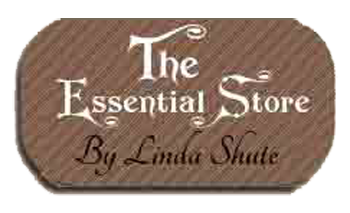


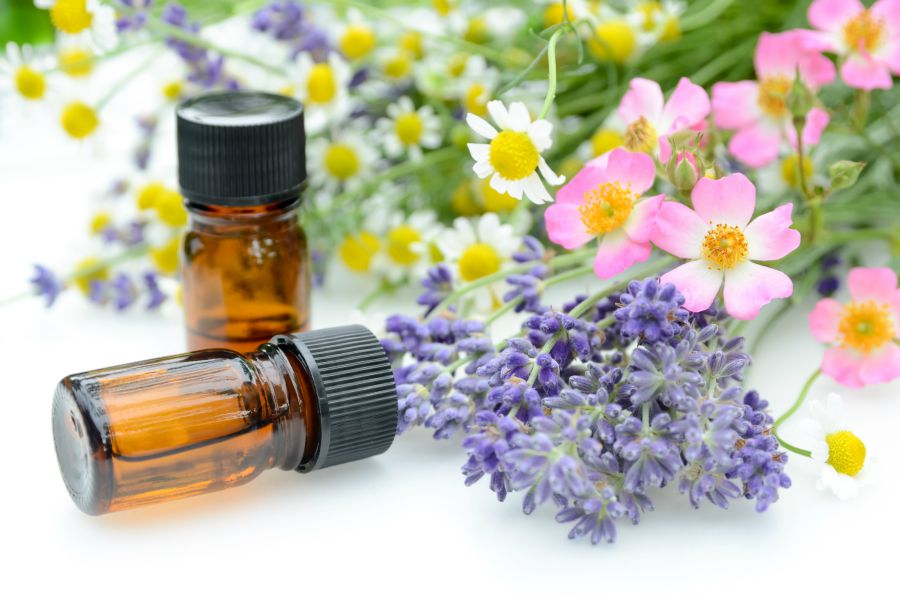
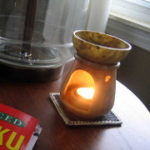
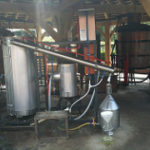
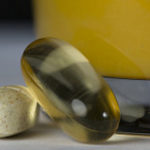


Leave a reply